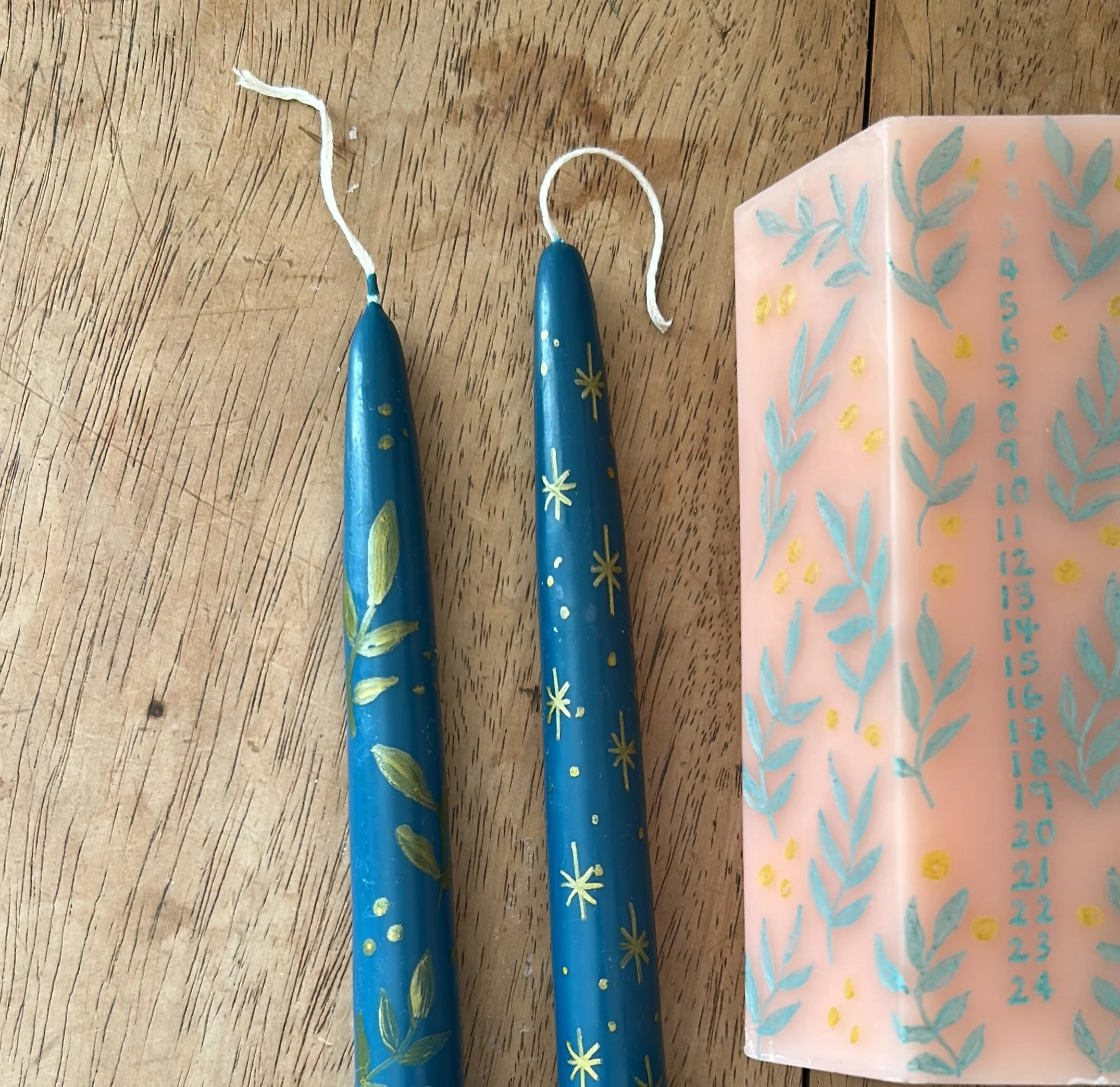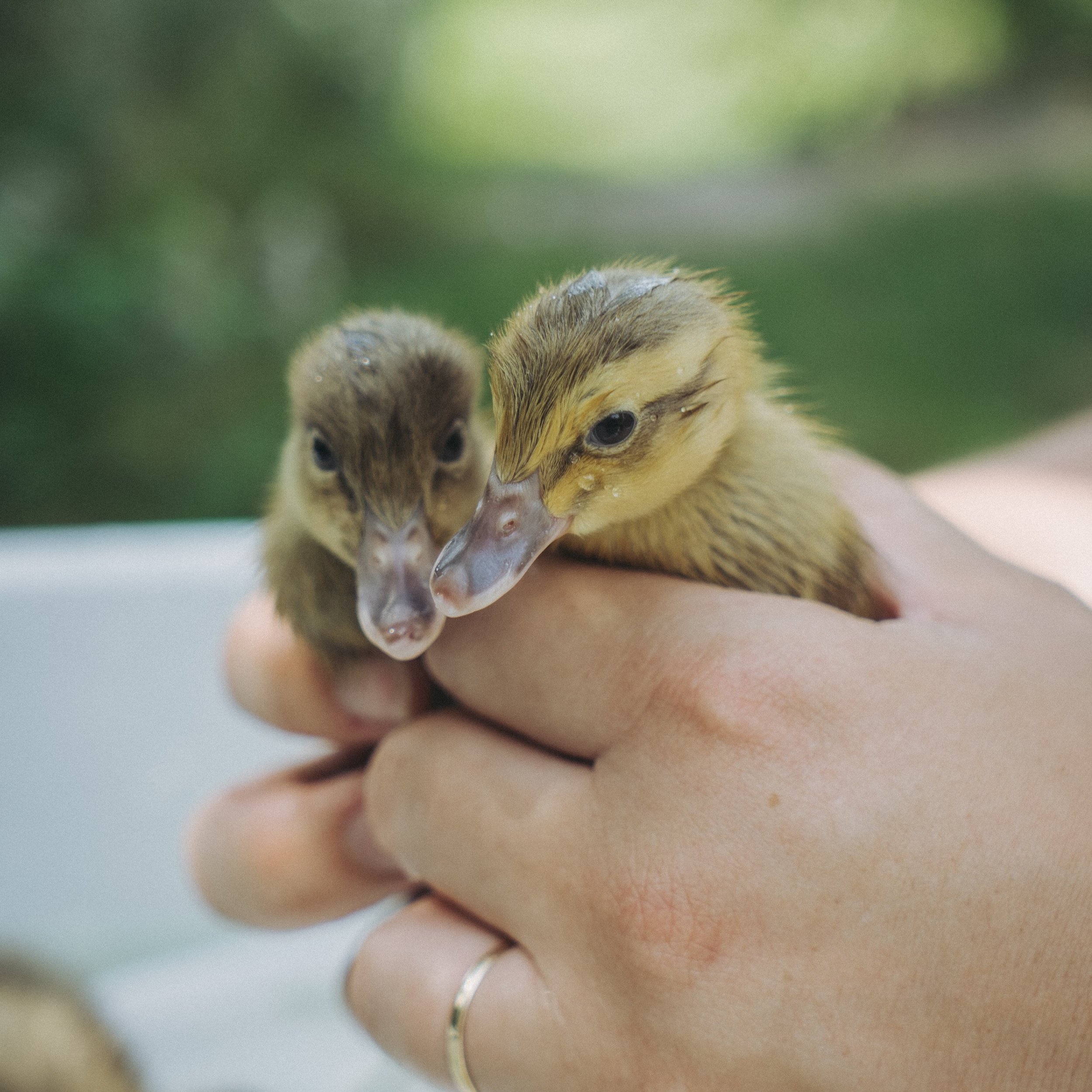How to tell a weasel from a stoat… because it’s a bit of a must(elid), actually
Weasels get a pretty bad press, don’t they? It’s the weasels we remember squatting in Toad Hall in The Wind in the Willows, eating all of Toad’s food, drinking his drink and generally carousing in a threatening manner. In fact, the Wild Wooders included many a mustelid in its number, including ferrets and - YES - stoats, but it’s always the weasels we remember. And weasels are portrayed no better in the Little Grey Rabbit books, where they peer through cracks in the walls of their criminal lair at passers-by. They don’t get a much fairer hand in etymology either, with all the connotations of weaselling one’s way out of something, or using ‘weasel words’ to dissemble. Cherchez the stoat, we say! Weasels can’t be the only wrong-uns of the mustelid family.
Since it seems the horse has bolted in terms of weasels’ reputations, we thought the least we could do is ensure you can tell the difference between a weasel and a stoat, so there are no weaselly aspersions cast upon stoats and vice versa.
Size
The stoat is the bigger animal, though it’s a subtle difference. Stoats grow up to around 40cm, while weasels only tend to make it to 27-30cm.
Gait
Stoats have a bounding movement and arch their back as they run, in rainbow-shaped arches. Weasels tend to shimmy along the ground more.
Coat
Both are brown but some stoats (particularly in Scotland) get a festive white coat in winter.
Tail
The easiest way to tell a weasel from a stoat is to look at its tail. Stoats’ tails are quite long and have a black tip, like a paintbrush - think of all those black bits in ermine. Meanwhile, weasels’ tails are plain old brown and the shape is much stubbier.
Habitat
You can find stoats and weasels throughout Britain, although in Ireland there are no weasels; only stoats. However, Irish stoats are known as weasels. Confused yet? Let us put it this way: if you’re in Ireland you are looking at a (British) stoat but you should address it as a weasel. Clear?
Behaviour
Weasels are far more likely to break into stately homes and scoff all the comestibles and break everything. A stoat might be easily led into such bad behaviour but it’s unlikely he will ever be the instigator. If you have trouble with either stoats or weasels in your home, however, you should send in a badger, preferable brandishing a candlestick.
The illustration above by Zuza Misko is from this month’s Magical Creatures page on the stoat. It’s in the January issue, which is on sale now. If you wish to, you can buy some of Zuza’s Magical Creatures prints from our online store.
Buy this month's The Simple Things - buy, download or subscribe






































